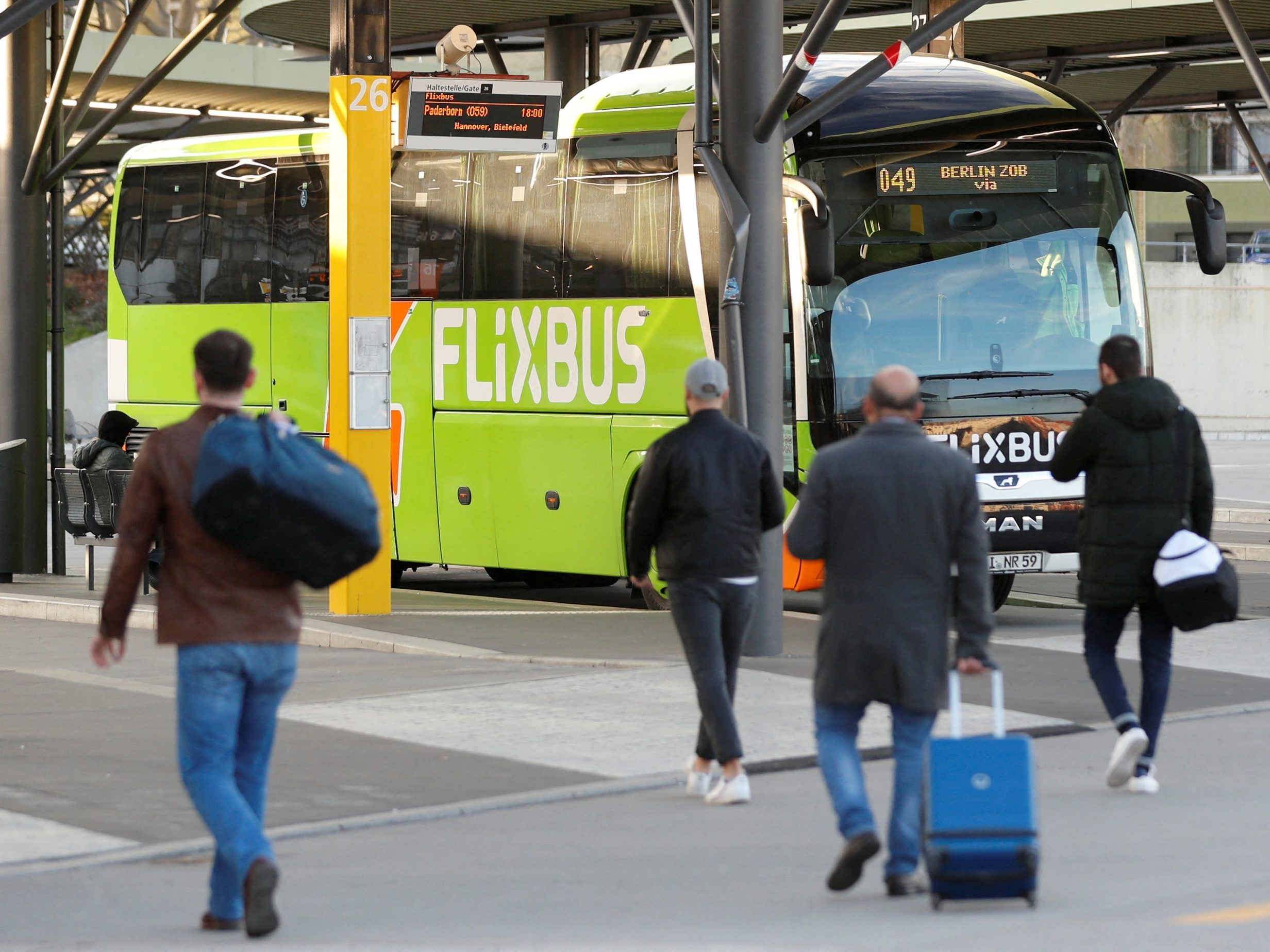After Flixbus Accident: How Safe Are Bus Trips Really?

A serious accident involving a Flixbus on the A19 in Mecklenburg-Vorpommern has reignited the discussion about the safety of long-distance bus travel.
In the early morning hours of July 4th, a Flixbus veered off the highway near Röbel and overturned. 20 people were injured, one person is in critical condition. The exact cause of the accident is still unclear. Already in January, there was a similarly dramatic incident on the A11, in which two people lost their lives.
Bus Travel is Among the Safest Modes of Transport
Statistically, coaches are considered a very safe mode of transport. According to official data, the share of bus passengers among traffic fatalities in Germany was recently below one percent. Modern vehicles are equipped with extensive safety features – including electronic stability programs, emergency brake assistants, and mandatory seat belts on all seats.
Technology and Training as Safety Factors
Bus companies like Flixbus rely on regular maintenance and mandatory driver training. The vehicles are subject to strict regulations, and drivers must not exceed certain driving times. External inspections by experts are also intended to contribute to safety. Flixbus relies on modern assistance systems (ESP, emergency brake assistant, lane-keeping assistant, etc.), regular driver training, as well as strict driving and rest periods.
Risk Remains – Especially During Night Trips
Despite technical standards and legal requirements, certain risks remain. Human error, fatigue, technical defects, or difficult weather conditions cannot be completely ruled out. Night journeys on long routes are considered particularly challenging – for passengers and drivers alike.
Not the First Serious Flixbus Accident This Year
Already in January, there was a serious accident involving a Flixbus on the A11 in the northeast of Brandenburg. The bus was on its way from Berlin to Szczecin when it veered off the road and tipped onto its side near the Randowbruch-Süd rest area under wintry road conditions. There were 13 passengers and a driver in the vehicle. Two people – a 29-year-old woman and a 48-year-old man – lost their lives, and several others were injured, including four seriously. The police suspect that snowfall, slipperiness, and possibly inappropriate speed played a decisive role in the accident. According to investigations, no other vehicle was involved. Rescue forces were deployed in large numbers to care for the injured, and an expert was called in to clarify the exact course of the accident.
Calls for Improvements
The current accident raises the question again of how long-distance bus travel can be made even safer. Calls for more transparency, stricter controls, and clearer rules are becoming louder. A detailed analysis of the accident could help derive further measures.
Conclusion
Bus travel is still considered very safe – with only 0.13 fatalities per billion passenger kilometers, significantly less than by car. But even though bus travel is statistically among the safest modes of transport, recent accidents – especially involving Flixbus – show that residual risks remain, particularly on night journeys and long routes. The discussion about further improvements in technology, driver training, and controls is therefore still relevant.
This article has been automatically translated, read the original article here.





